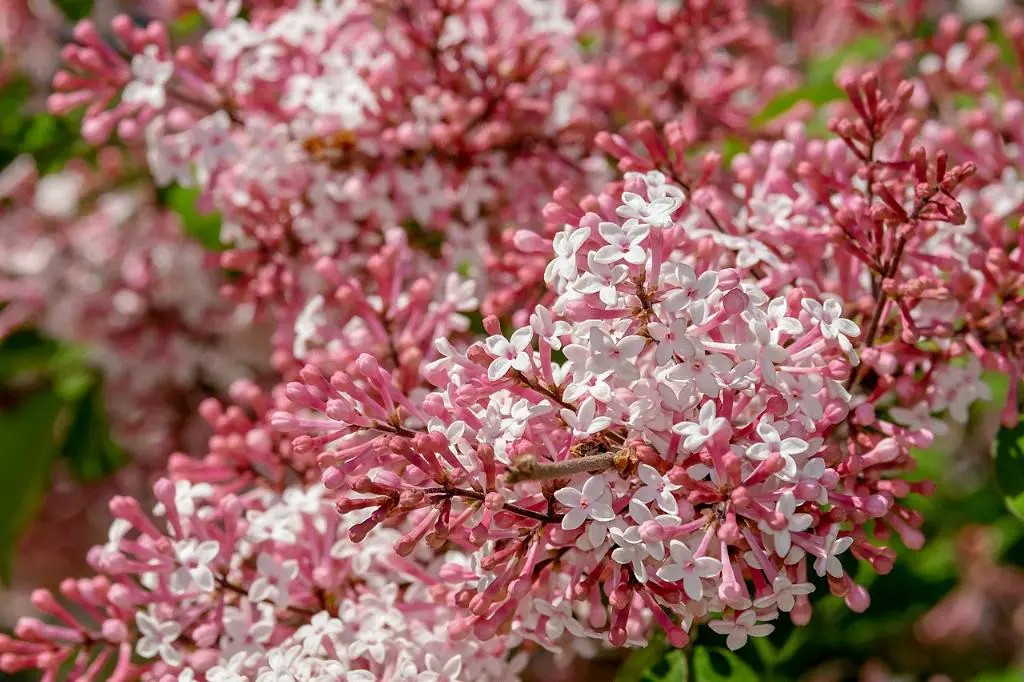When it comes to growing lilacs in Florida, the answer is a bit complicated. Lilacs, known for their beautiful and fragrant flowers, typically thrive in cooler climates with harsh winters. However, Florida’s climate, especially in regions like Northeast Florida, presents challenges for growing these delicate plants.
Understanding Lilac Hardiness Zones
Lilacs are well-suited to USDA hardiness zones 3 to 7, where they can withstand cold winters and thrive in the spring. Florida, on the other hand, predominantly falls within zones 8 to 11, with Northeast Florida specifically in zones 8b-9a. These zones have milder winters and warmer temperatures that lilacs may struggle to tolerate.
The Challenges of Growing Lilacs in Florida
One of the main reasons lilacs may not do well in Florida is the lack of a chilling period that they require to set buds for the following blooming season. Lilacs need a certain number of cold hours during winter to break dormancy and produce their iconic flowers, a condition that is not typically met in Florida’s climate.
Soil and Sunlight Requirements
In addition to the climate challenges, lilacs also have specific soil and sunlight needs. They prefer well-drained soil with slightly alkaline pH levels and full sun exposure. While Florida does have sunny weather, the humidity and heavy rainfall can create issues for lilacs, potentially leading to root rot or other problems.
Alternative Options for Floridians
For gardeners in Florida who still wish to enjoy lovely blooms similar to lilacs, there are alternative plant options to consider. Some suggestions include varieties of butterfly bush, azaleas, or even certain tropical flowers that can thrive in Florida’s unique climate.
Tips for Growing Lilacs in Containers
If you’re determined to grow lilacs in Florida, one workaround is to plant them in containers. This way, you can control the soil quality, drainage, and even move the containers to different locations to optimize sunlight exposure. Just be sure to choose a compact lilac variety suitable for container growing.
Consider Microclimates
In certain microclimates within Florida, such as some northern areas with slightly cooler temperatures, it might be possible to create conditions more conducive to lilac growth. By strategically selecting planting locations and providing extra care during the winter months, you could potentially help lilacs thrive.
Consulting Local Nurseries
For personalized advice on growing lilacs or selecting suitable alternatives in Florida, consider reaching out to local nurseries or extension services. They can provide insights specific to your region’s climate and soil conditions, guiding you towards plants that are more likely to flourish in your garden.
Creative Landscape Design
Even if traditional lilacs may not be the best fit for Florida, you can still incorporate elements of their beauty and fragrance into your landscape design. Consider using lilac-scented candles or diffusers, planting other fragrant flowers, or adding purple hues through different flowering plants to evoke the essence of lilacs.
Stay Informed and Adapt
Gardening in Florida, with its unique climate and challenges, requires flexibility and a willingness to adapt. Stay informed about local gardening trends and techniques, and don’t be afraid to experiment with different plant varieties to find what thrives in your specific microclimate.
Appreciating Florida’s Flora
While growing lilacs may present difficulties in Florida, the state offers a diverse range of native plants and exotic blooms that can add vibrancy and beauty to your garden. Embrace the rich botanical tapestry that Florida provides and explore new possibilities for creating stunning and sustainable landscapes.
Conclusion
In conclusion, while traditional lilacs may face challenges in thriving in Florida’s climate, there are alternatives and creative solutions available for cultivating a vibrant garden. By understanding the specific needs of plants and adapting to local conditions, you can create a stunning outdoor space that showcases the beauty of Florida’s flora.

